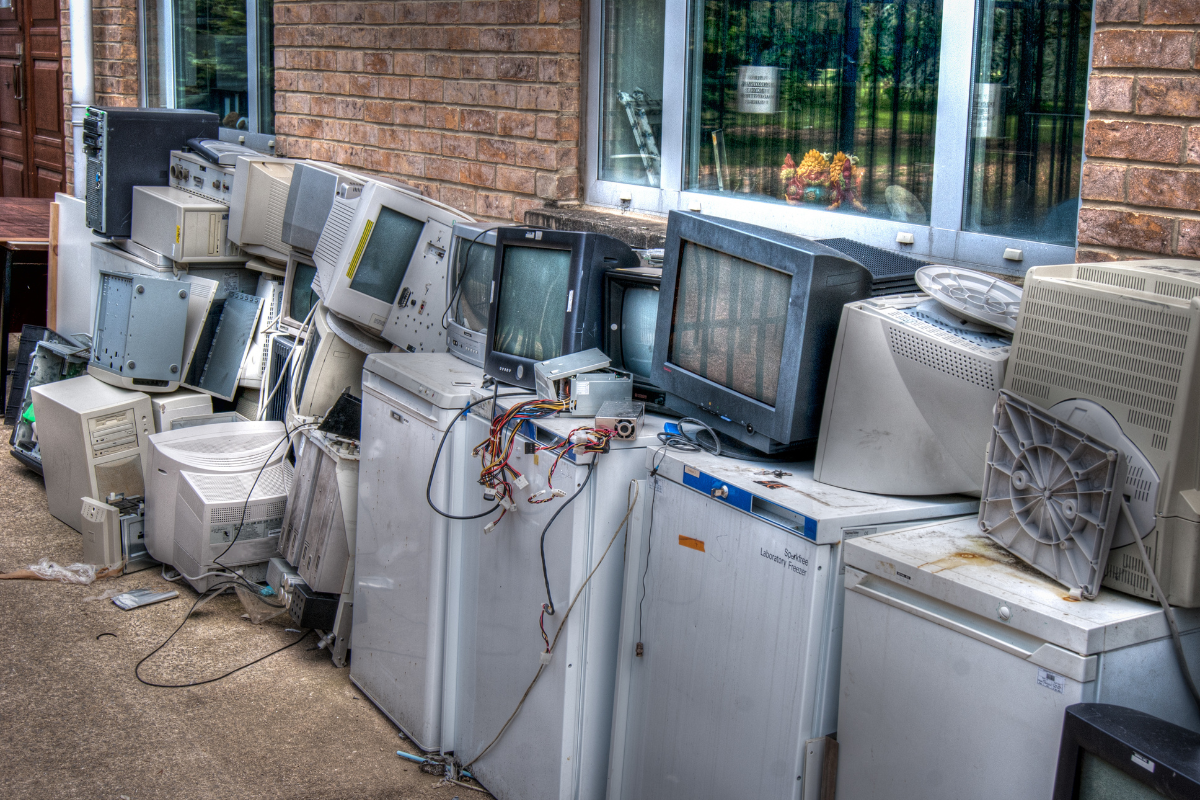
The U.S. EPA’s updated Waste Reduction Model (WARM) tool accounts for CRTs’ falling share of mixed electronics waste streams and the fact that they are no longer being produced. | Justin Pinkney/Shutterstock
Another nail in the CRT coffin arrived in December in the form of the U.S. EPA’s updated Waste Reduction Model (WARM) tool.
Among other changes, the tool’s 16th version includes tweaks to the composition of the “mixed electronics” waste category, reflecting “more timely projections for the electronics waste stream,” according to the agency’s website. The tool now also excludes CRTs from its source-reduction tabulations for mixed electronics – in essence, no one’s producing CRTs anymore, so the source can be reduced no further.
The latest version of WARM is up for public comment online until Feb. 9.
WARM has existed in some form since 1998, giving local governments and other organizations a way to compare the environmental and economic impacts of different waste management strategies, such as recycling, landfilling or source reduction, for dozens of material types. EPA has periodically updated the model over the years to incorporate reviews by experts as well as more detailed data on greenhouse gas emissions and other factors.
The most recent update reflects several changes in the e-scrap industry, especially in the assumed composition of mixed electronics. The previous version of WARM, originally released in 2019, marked CRTs as 44% of the mixed electronics stream. That proportion is now down to 13%. Flat-panel displays, meanwhile, almost doubled to 45%, and portable electronic devices’ share more than doubled to 12%.
It’s a notable downsizing of a notorious thorn in e-scrappers’ sides. Cleanup costs and legal penalties for stockpiles of bulky, low-value and toxic CRTs have reached into the millions of dollars in Arizona, Ohio, Wisconsin and elsewhere, with remediation efforts often dragging on for years.

